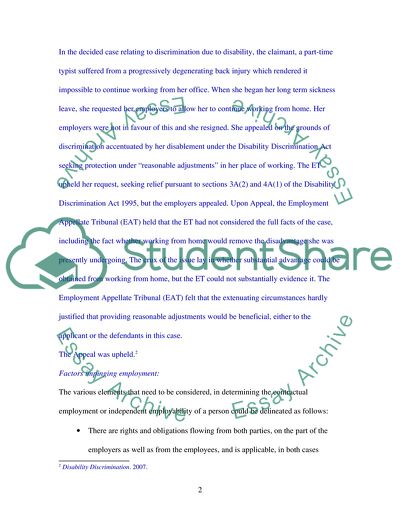Cite this document
(Employment Status Essay Example | Topics and Well Written Essays - 3250 words - 3, n.d.)
Employment Status Essay Example | Topics and Well Written Essays - 3250 words - 3. https://studentshare.org/law/1711207-employment-law
Employment Status Essay Example | Topics and Well Written Essays - 3250 words - 3. https://studentshare.org/law/1711207-employment-law
(Employment Status Essay Example | Topics and Well Written Essays - 3250 Words - 3)
Employment Status Essay Example | Topics and Well Written Essays - 3250 Words - 3. https://studentshare.org/law/1711207-employment-law.
Employment Status Essay Example | Topics and Well Written Essays - 3250 Words - 3. https://studentshare.org/law/1711207-employment-law.
“Employment Status Essay Example | Topics and Well Written Essays - 3250 Words - 3”. https://studentshare.org/law/1711207-employment-law.


